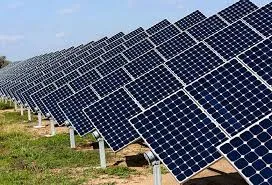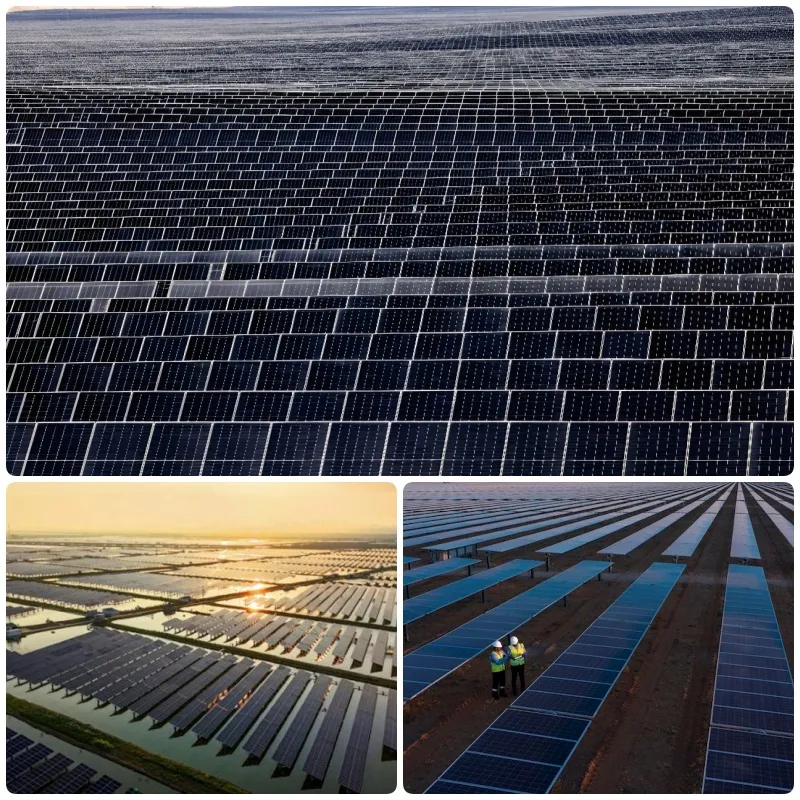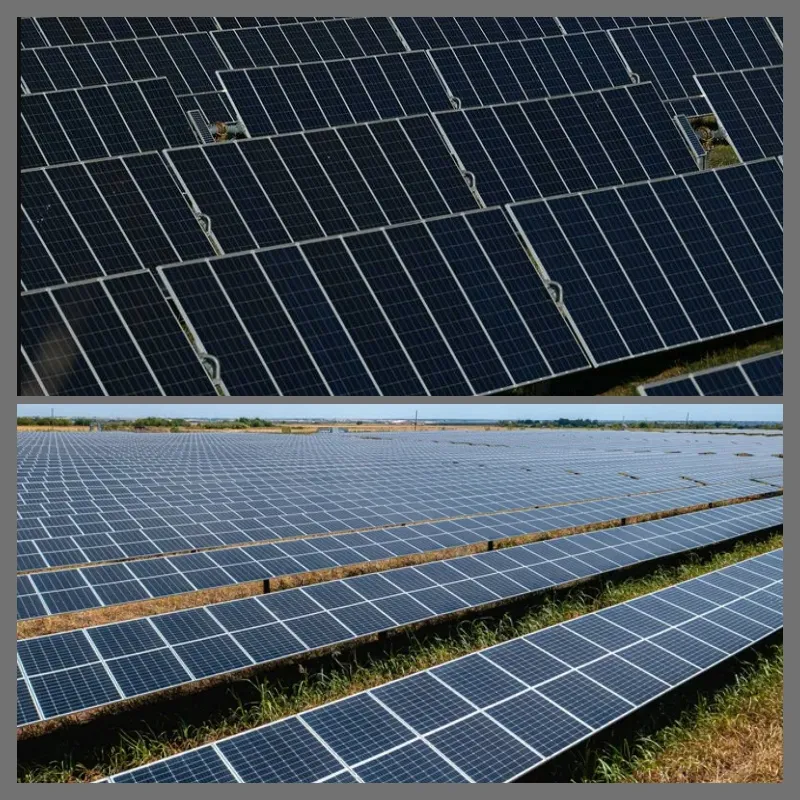
Australia’s ‘Largest Solar Precinct’ Project Receives Green Light
The Australian government has officially approved a monumental solar energy initiative, the Australia-Asia PowerLink, which is poised to transform the global energy landscape. This ambitious project, valued at $19 billion (30 billion Australian dollars), has recently received environmental clearance, marking a significant milestone in its development and bringing it closer to fruition.

What Is the Australia-Asia PowerLink?
The Australia-Asia PowerLink is set to become the world’s largest solar precinct, spearheaded by the Australian company Sun Cable. The project involves constructing a 12,400-hectare solar farm in northern Australia, which will generate an immense amount of solar energy. This green electricity will be transmitted via an 800-kilometer (497-mile) overhead line to Darwin and then transported to Singapore through a 4,300-kilometer (2,672-mile) submarine cable.
Project Goals and Environmental Impact
The primary objective of the Australia-Asia PowerLink is to deliver up to six gigawatts of renewable electricity annually. Australian Environment Minister Tanya Plibersek has hailed the project as a “generation-defining piece of infrastructure” that will establish Australia as a global leader in renewable energy. The scale and ambition of the PowerLink project underscore Australia’s commitment to transitioning to sustainable energy sources and reducing its carbon footprint.
“This massive project is a generation-defining piece of infrastructure,” Plibersek stated. “It will be the largest solar precinct in the world and heralds Australia as the world leader in green energy.”
Background and Development
The Australia-Asia PowerLink has had a complex journey. Initially backed by prominent figures like Australian mining magnate Andrew Forrest and Atlassian co-founder Mike Cannon-Brookes, the project encountered a major setback in January 2023 when Sun Cable entered voluntary administration due to a funding dispute. However, the project was revived in May 2023 when Grok Ventures, led by Cannon-Brookes, acquired Sun Cable. The acquisition was finalized in September 2023, and the project has since gained momentum.
Cameron Garnsworthy, Sun Cable Australia’s managing director, expressed optimism about the project’s future following the recent regulatory approval. “Clearing this major regulatory hurdle is a significant milestone,” he remarked. The company is now focusing on advancing to the next phase of planning, with a Final Investment Decision expected by 2027. The target is to begin supplying electricity in the early 2030s.

Political and Environmental Context
The Australia-Asia PowerLink comes at a pivotal moment in Australia’s energy policy landscape. Historically dependent on coal and gas, Australia has been one of the highest per capita greenhouse gas emitters in the world. The shift to renewable energy has sparked considerable debate, especially in light of the opposition party’s proposal to explore nuclear power as an alternative. This debate underscores the broader discussion about Australia’s future energy strategy.
“Australians have a choice between a renewable energy transition that’s already underway, creating jobs and driving down prices, or paying for an expensive nuclear fantasy that may never happen,” Plibersek commented, highlighting the stark contrast between the proposed energy paths.
The Road Ahead
The Australia-Asia PowerLink represents a groundbreaking step toward a more sustainable future, with the potential to reshape the global energy market. As Sun Cable continues to develop this transformative initiative, the world will be watching closely to see how this project progresses and impacts both the environment and the energy industry.
This landmark project not only positions Australia as a leader in renewable energy but also serves as a beacon of hope for global efforts to combat climate change and transition to cleaner energy sources. With its unprecedented scale and far-reaching implications, the Australia-Asia PowerLink is set to become a key player in the future of global energy.






